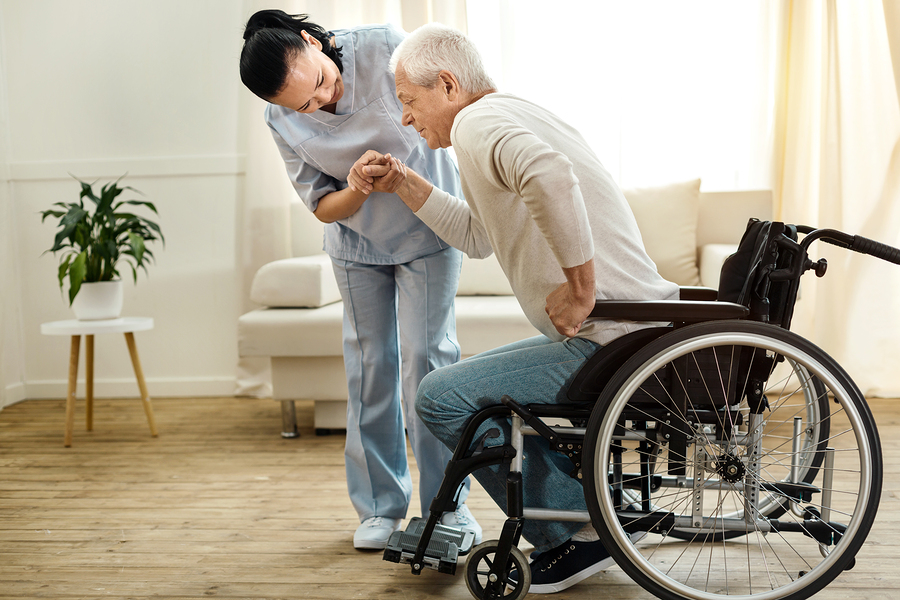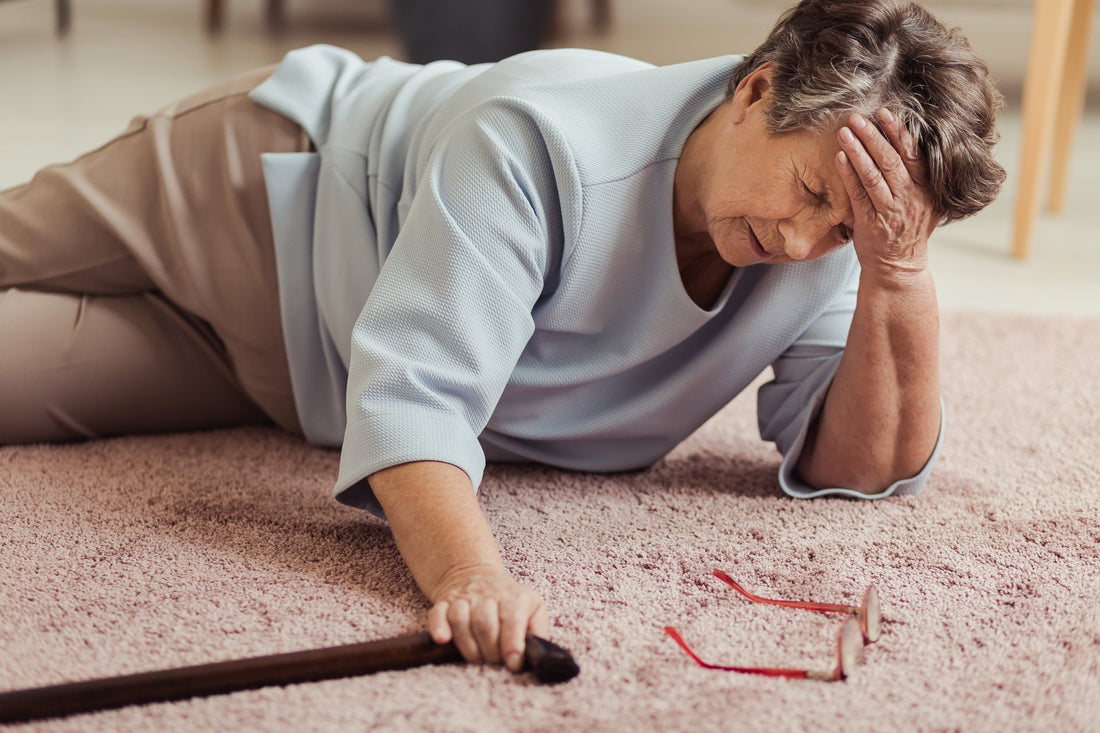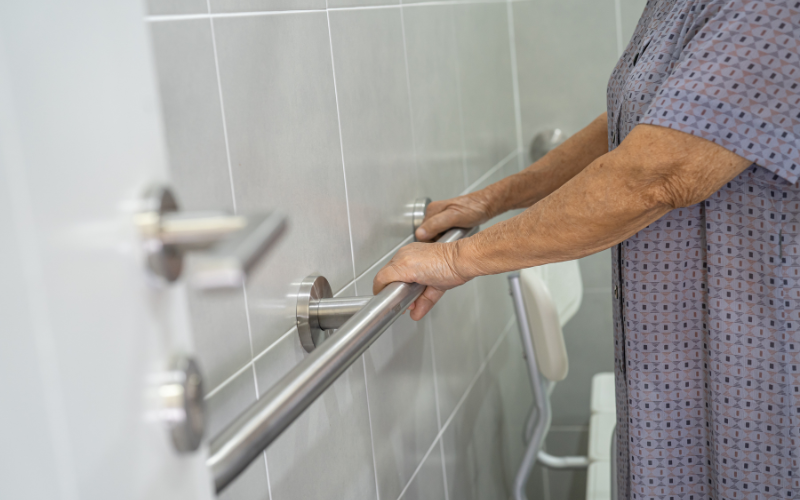Ensuring the safety and comfort of our elderly loved ones is a priority for many families. As individuals age, they may face various challenges that can impact their daily living. By organizing elderly home for safety, you can create a safer environment that promotes independence and peace of mind. This article will explore essential steps to effectively organize a home for the elderly, ensuring their wellbeing and security.

Understanding the Needs of the Elderly
Before diving into the specifics of home organization, it is crucial to understand the unique needs of elderly individuals. As people age, they may experience physical limitations such as reduced mobility or vision impairments. Additionally, cognitive changes can affect memory and judgment. Recognizing these factors helps tailor the home environment to their specific requirements.
Assessing the Current Home Environment
Begin by conducting a thorough assessment of the current home environment. Identify potential hazards that could pose risks to the elderly, such as loose rugs, cluttered pathways, or inadequate lighting. Consider the layout of the home and evaluate whether it supports safe movement and accessibility.
Essential Modifications for Safety
Improving Accessibility
One of the primary goals of organizing an elderly home is to enhance accessibility. Install handrails in hallways and bathrooms to provide support and stability. Consider widening doorways and removing obstacles to accommodate mobility aids like walkers or wheelchairs. [Learn more about senior safety at front doors.]
Enhancing Lighting
Adequate lighting is essential in preventing accidents and aiding visibility. Ensure all areas of the home are well-lit, especially staircases, hallways, and entrances. Install night lights to guide nighttime trips to the bathroom. [Consider the best night lights for seniors.]
Reducing Fall Risks
Falls are a leading cause of injury among the elderly. To minimize fall risks, remove tripping hazards like loose cables or uneven flooring. Place non-slip mats in bathrooms and kitchens. Secure rugs with non-slip backing or remove them entirely. [For more on preventing falls from bed, explore this guide.]
Organizing Essential Spaces
Bedroom Safety
The bedroom should be a safe and comfortable space for the elderly. Position the bed at an appropriate height for easy access. Ensure there is a clear path to the bathroom, and keep essential items like a phone or flashlight within reach. [Check out tips for safe outlet covers in the bedroom.]
Kitchen Organization
The kitchen is a bustling hub in any home, and organizing it efficiently can prevent accidents. Store frequently used items within easy reach to minimize bending or stretching. Label containers clearly to aid those with vision impairments. [Discover elderly-friendly cooking tips here.]
Bathroom Modifications
The bathroom presents unique safety challenges. Install grab bars near the toilet and shower to provide support. Consider using a shower chair and handheld showerhead for added convenience. Ensure non-slip mats are in place to prevent slips. [Read more about creating a safe bathroom environment for the elderly here.]
Maintaining Safety in the Living Areas
Clutter Reduction
Clutter can increase the risk of trips and falls. Regularly declutter living areas to keep pathways clear. Encourage the use of storage solutions to keep items organized and out of the way.
Furniture Arrangement
Arrange furniture in a way that supports easy movement. Avoid overcrowding spaces, and ensure there is enough room for mobility aids. Secure heavy furniture to walls to prevent tipping.
Incorporating Technology for Safety
Emergency Alert Systems
Consider installing emergency alert systems that can summon help at the push of a button. These systems provide peace of mind for both the elderly and their caregivers.
Smart Home Devices
Smart home devices can enhance safety and convenience. Install smart lighting systems that can be controlled remotely. Use smart locks and security cameras to monitor the home environment.
Engaging Family and Caregivers
Involving family members and caregivers in the organization process is crucial. They can provide valuable insights and help implement necessary changes. Regular communication ensures that everyone is aware of safety measures in place.
Regular Safety Checks
Conduct regular safety checks to identify any new hazards or areas that need attention. Encourage open communication with the elderly to address any concerns they may have.
Educating the Elderly
Educate the elderly on safety practices and the use of any new devices or modifications. Empower them to actively participate in maintaining their safety and independence.
Conclusion
Organizing elderly home for safety is a proactive approach to ensuring the wellbeing of our aging loved ones. By understanding their needs, making necessary modifications, and fostering a supportive environment, we can create a home that promotes safety, independence, and peace of mind. Regular assessments and open communication remain key to maintaining a safe and comfortable living space for the elderly.

Frequently Asked Questions
Q1: What are the most common safety hazards for the elderly at home?
A1: Common safety hazards include falls due to slippery surfaces, poor lighting, and cluttered walkways. Other hazards include unsecured rugs, lack of handrails, and inadequate bathroom safety features.
Q2: How can technology help in ensuring the safety of the elderly?
A2: Technology can enhance safety through devices like emergency alert systems, smart lighting, and security cameras. These tools provide quick access to help and allow for remote monitoring of the home environment.
Q3: What are some simple modifications to improve bathroom safety?
A3: Simple modifications include installing grab bars, using non-slip mats, and considering a shower chair. These changes provide support and reduce the risk of slips and falls in the bathroom.
This article contains affiliate links. We may earn a commission at no extra cost to you.






